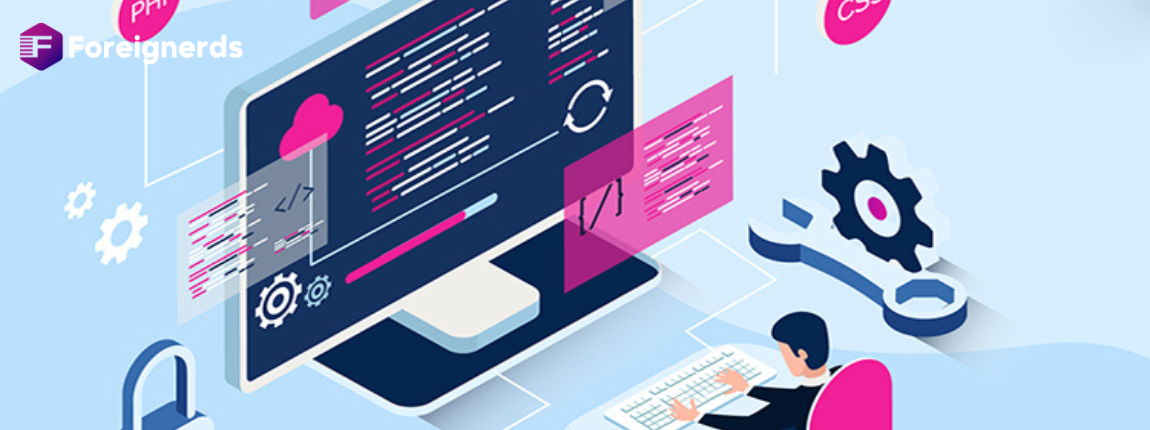- Home
- software development
- What Is the Difference Between Software...

In this ever-changing world, technology is always improving and evolving. This transformation is not only limited to consumer gadgets; it extends to the very foundation of the digital landscape. Software development, once a traditional and hardware-reliant process, has undergone a remarkable evolution. In this article, we’ll delve into the differences between Software as a Service (SaaS) and traditional software development.
Before we explore the differences between SaaS and traditional software development, it’s crucial to understand that these two concepts are not polar opposites. Instead, SaaS can be seen as a product of the evolution of traditional software development.
In the past, procuring software required physical copies, often on floppy disks or CDs. Users not only had to purchase software but also invest in the hardware to host and run it. Additionally, maintaining the software, ensuring data security, and troubleshooting technical issues necessitated a skilled IT team. The traditional software model was resource-intensive and required substantial capital.
SaaS stands for Software as a Service, and it has brought a profound transformation to the software development landscape. One of the primary reasons SaaS is considered an evolution is its departure from the traditional software model.
With traditional software, as mentioned earlier, you need to invest in hardware, employ IT technicians, and purchase software licenses. In contrast, SaaS offers a more accessible and cost-effective way to create, store, and maintain software without the need for physical infrastructure or an in-house IT team.
Let’s delve into why SaaS is often seen as the future of software development:
SaaS eliminates the need for substantial on-site hardware and infrastructure. Instead, it provides access to software via the cloud, allowing users to work from anywhere with an internet connection. This accessibility is a game-changer for businesses and individuals who require flexibility in their work environments.
Traditional software often came with a hefty upfront cost. Once you purchased the software, it was yours to keep, but it also meant you were stuck with the same version, even as technology rapidly advanced. Upgrading your software was a costly affair, as you had to purchase updates from the developer.
SaaS, on the other hand, operates on a subscription model, offering monthly or yearly payment options. This ensures that users always have access to the latest software updates without the burden of purchasing expensive upgrades.
SaaS solutions allow users to pay only for the features and resources they need. This scalability is incredibly beneficial for both individuals and businesses. You can start small and expand as your requirements grow, making it a cost-effective and flexible choice.
SaaS providers prioritize data security. They invest heavily in safeguarding user data, often implementing robust security measures and compliance standards to protect sensitive information. This is a significant advantage over traditional software, where security was primarily the responsibility of the user.
With SaaS, software updates are automatic and seamless. Users don’t have to worry about manually installing updates or dealing with compatibility issues. Additionally, SaaS providers typically offer customer support to assist with any technical issues, further enhancing the user experience.
In conclusion, the key differentiator between SaaS and traditional software development lies in their approach. While traditional software operates as a product that you purchase and own, SaaS is a service that offers accessibility, affordability, scalability, security, and ongoing support. SaaS’s cloud-based model has revolutionized the software industry, making advanced technology accessible to a broader audience without the need for large upfront investments.
As technology continues to evolve, embracing SaaS solutions has become essential for businesses and individuals looking for agility and cost-effectiveness in their software needs.
© 2013 - 2025 Foreignerds. All Rights Reserved